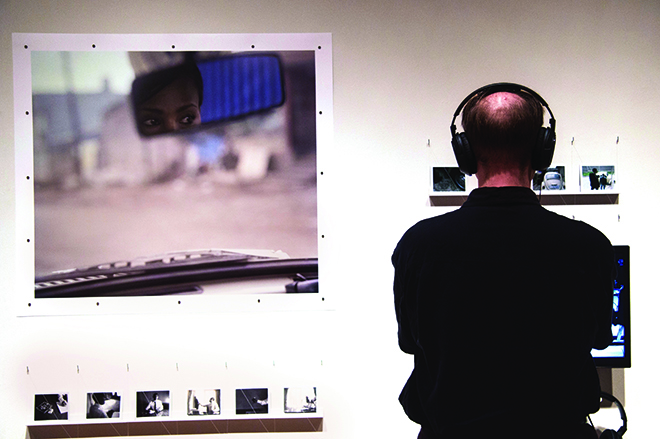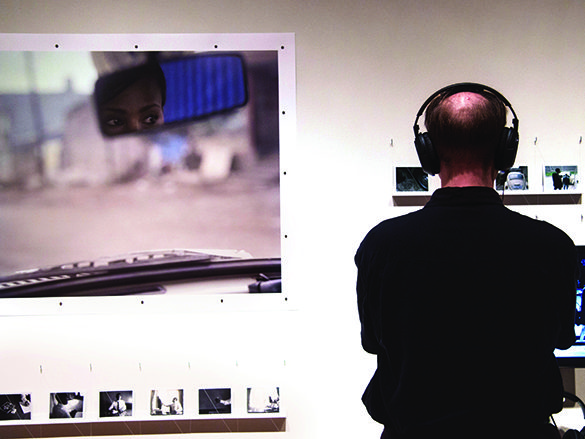By Keagan Beresford

Fractured Narratives is a multi-platform art series inspired by social and political issues from all over the world, and is currently on display in the David Owsley Museum of Art.
This collection of work comes from a diverse group of contemporary artists seeking to explore and comment on some of the world’s problems by examining them in their respective cultural or historical contexts. These artists challenge the viewer to develop their own understanding of the meaning of each piece, without directly explaining it to them visually, verbally or otherwise.
For example, one video piece featured in the show is a film titled “Muxima” from the documentary filmmaker Alfredo Jaar. The film’s name comes from the title of an Angolan folk song, which translates directly to the word ‘heart’ in English. Several different recordings of the song are laid over a series of vignettes that explore the country’s history of deep social unrest in the midst of AIDS, post-colonialism and war over the last century. The motion picture contains no spoken words, so these themes are conveyed solely by raw images juxtaposed to the simple, reflective beauty of the music. The viewer is left only with their reaction to what they see.
Alongside the broad range of commentary on life in the rest of the world, Fractured Narratives also highlights some domestic issues in North America. One of the exhibit’s more interactive features is a wall of chalkboard comic strip panels and dialogue bubbles taken from a World War II era newspaper cartoon. The cartoon revolves around a Puerto Rican parrot called “Carioca.” This character was created in attempt to strengthen the United States’ relationship with Latin America, but in the end only served to reinforce stereotypes about Central and South American culture. The artist who created the installment, Rivane Neuenschwander, removed all of the action from the strip, allowing the audience to “rewrite historical inaccuracies,” in the remaining empty spaces with chalk.
Despite the heavy political and social emphasis throughout the show, activism was not the only goal the curators had in mind. In a talk with Ball State Art students and faculty, curator Amy Galpin made a point that in addition to a serious message, the pieces also have a subtle beauty to them, because she believes that aesthetic is just as important as content when it comes to art.
“Beauty is my sharpest tool,” she said in reference to the show’s design.
And even in the dark nature of most of the show, that subtle beauty is what sets it apart from everything else. It’s meant to create a dialogue with the audience; to establish an idea that might raise a question in the viewer’s mind, or a reaction of some sort that gets them thinking about what it is they’re looking at.




